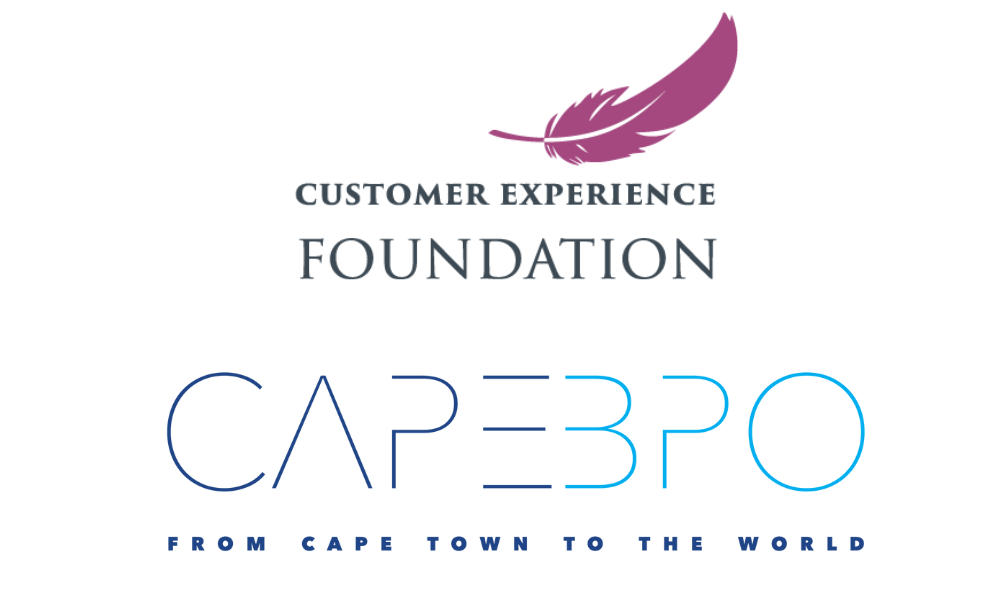There’s a lot of talk about the value of having a diverse workforce, and that is a good thing, but having a wide range of individuals working in an organisation is only a starting point.
If employees don’t feel listened to, valued and respected, you’re not reaping the benefits of their diverse perspectives. That’s where inclusion comes into play.
As a leader, creating an inclusive workplace begins with you.
According to Harvard, what leaders say and do makes up to a 70% difference as to whether an individual reports feeling included.
Prioritising inclusion is not only a matter of legal, moral, and ethical responsibility. It also has a huge impact on business performance outcomes.
Why bother?
All cases for change vary by business, but generally, your decision for acting may be driven by one or more of these 3 factors:
Legal – we have to do this
Moral – we believe it is the right thing to do
Business Case – we believe it also makes a difference to the bottom line
So, why is diversity and inclusion so important?
Inclusion is often considered as a separate initiative that focuses on social equality. This is not the only focus. There are a number of key business-challenges an inclusive workforce will help you overcome faster than your competition.

…If the reason for acting is so strong, why is progress slower than we’d like?
Breaking the silence
Opening up these conversations can potentially strike fear into many leaders’ hearts, and they choose to avoid or pay lip service. There is a reluctance to open up the uncomfortable conversations.
Diversity is infinite
It’s not just about legally protected characteristics. Differences are infinite. There are actually more differences within groups than between them.
Not a one size fits all
There is no blueprint for D&I. Whilst there is best practice to be learnt, tailoring a solution to your business and context is critical.
Backing the wrong horse
Unconscious bias cannot be ‘cured’ and training people in that way can cause more damage than good (moral licensing).
Battling biology
We are hardwired to create ‘us and them’ divisions. Visual cues have a direct line to the fear system in our brain that we must work with.
The curse of the purse strings
People with influence are largely from majority groups, they may have self-enhancement bias and not be personally invested.
Being aware is not being there
Over focus on awareness rather than changing behaviour and culture doesn’t move things forward.
Insidious Stereotypes
Assumptions based on stereotypes rather than empirical research have underpinned current efforts.
‘Sigh’ at D&I
The diversity and inclusion label can prime the wrong associations (e.g. fluffy, non-commercial, distraction etc.)
Outcome obsession
Focus on the outcome (diversity statistics) and not the drivers (psychological safety).
Inclusion is the answer, for today and the future.
What makes people feel included in organisations? Feel that they are safe, treated fairly and respectfully, are valued, and belong? Many things of course, but included are organisational purpose, how they operate, the customers they serve, and co-worker behaviours.
So, how do you drive Inclusion within your business? Through Inclusive Leadership!
We find that what leaders say and do makes up to a 70% difference as to whether an individual reports feeling included. (HBR)
And this really matters because the more people feel included, the more they speak up, go the extra mile, and collaborate – all of which ultimately lifts organisational performance.
For true inclusivity, people must feel safe to have conversations about their needs and line managers should take care to understand and cater for them. It’s not about creating a culture with low accountability and total flexibility; it’s about making workable adaptations that mean you get the best from people because you recognise their differences.
Inclusion is not a separate initiative. It is a fundamental leadership responsibility. Leaders must set the tone and shape a climate where people are celebrated because of their differences.
It’s up to leaders and managers to create an environment where diversity is cherished, and people feel a sense of inclusion. Psychological safety and trust sit at the heart of this and where conscious awareness of the cognitive biases that have a subtle, yet profound impact on behaviour.
When you get this right, you have the foundation for high performing teams where people are engaged, feel secure and express themselves freely. In this type of climate, collaboration prevails, innovation happens, and results are improved.
Inclusive Leadership is an approach that sets people up for the future. It’s a must for D&I and a failsafe for whatever comes next.
Rob Clarke
Growth Director
0333 404 8888




